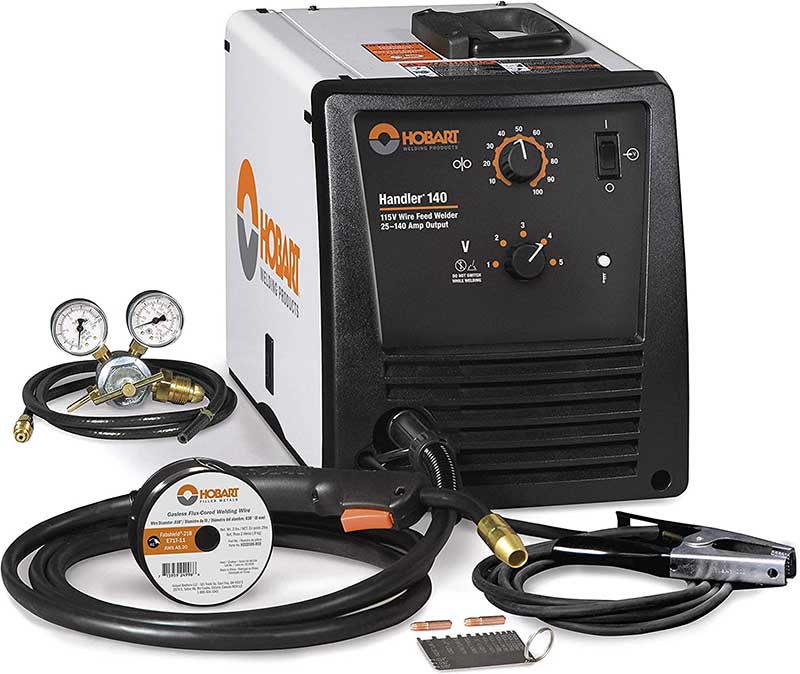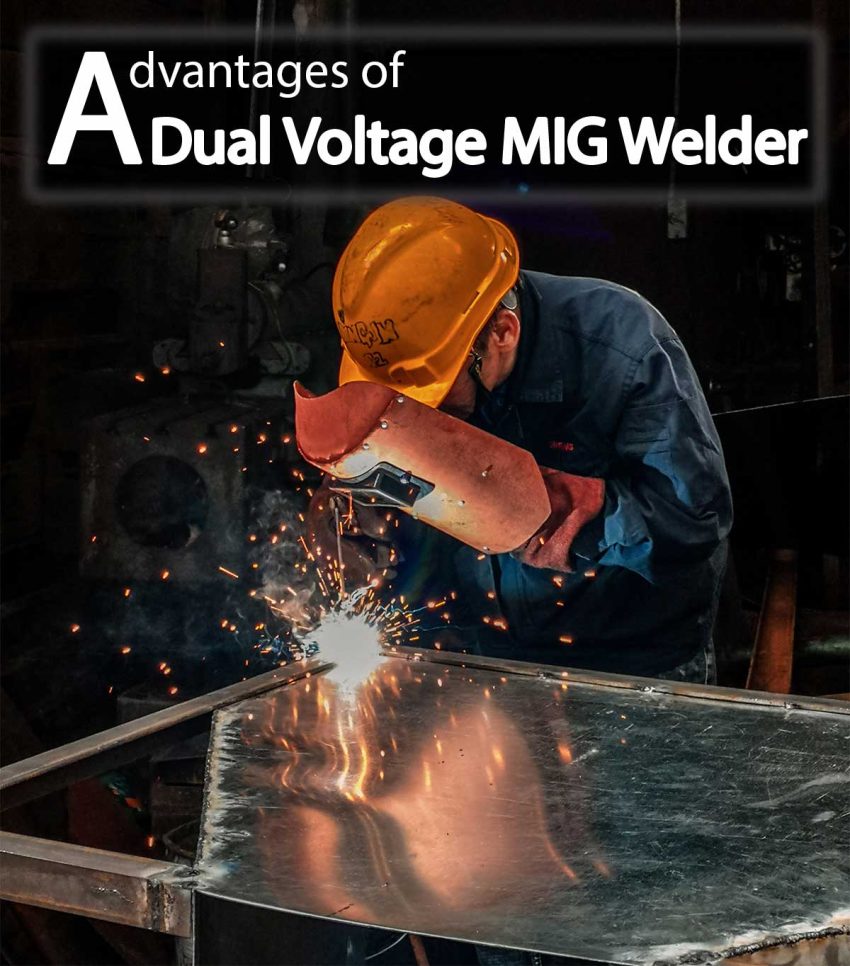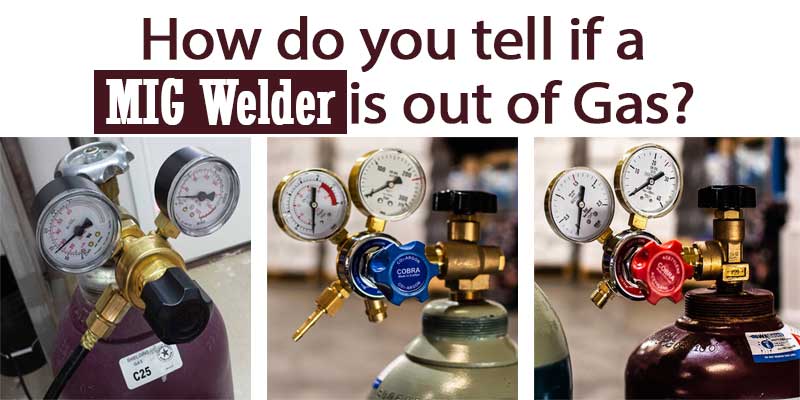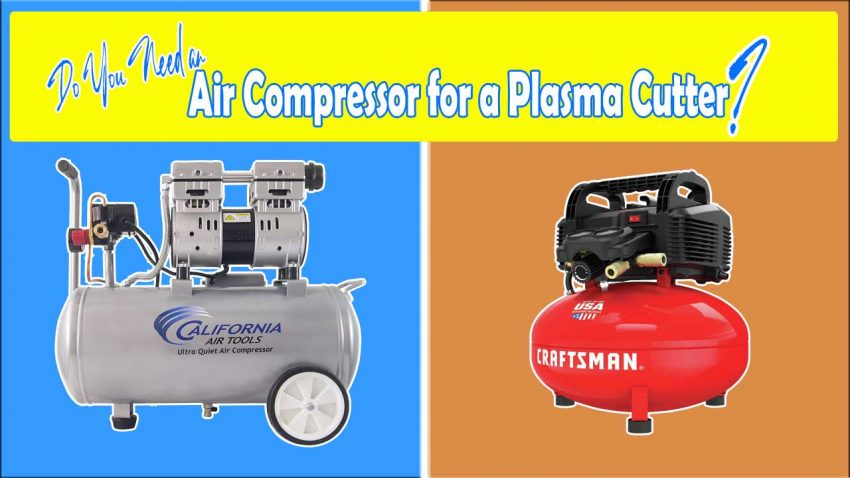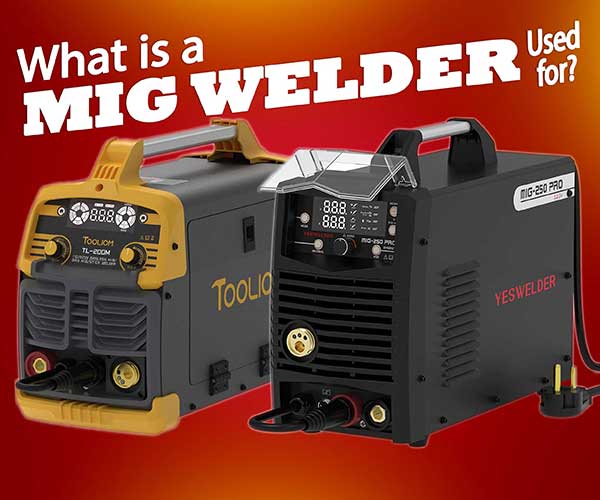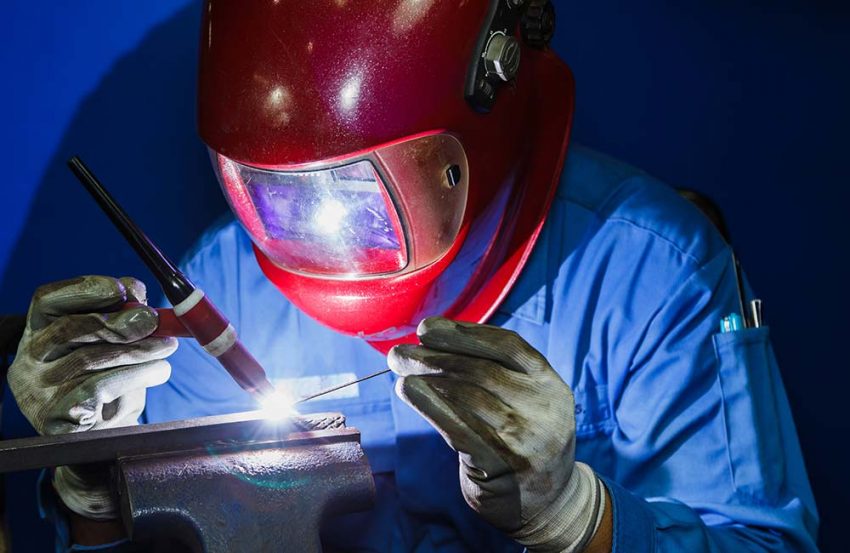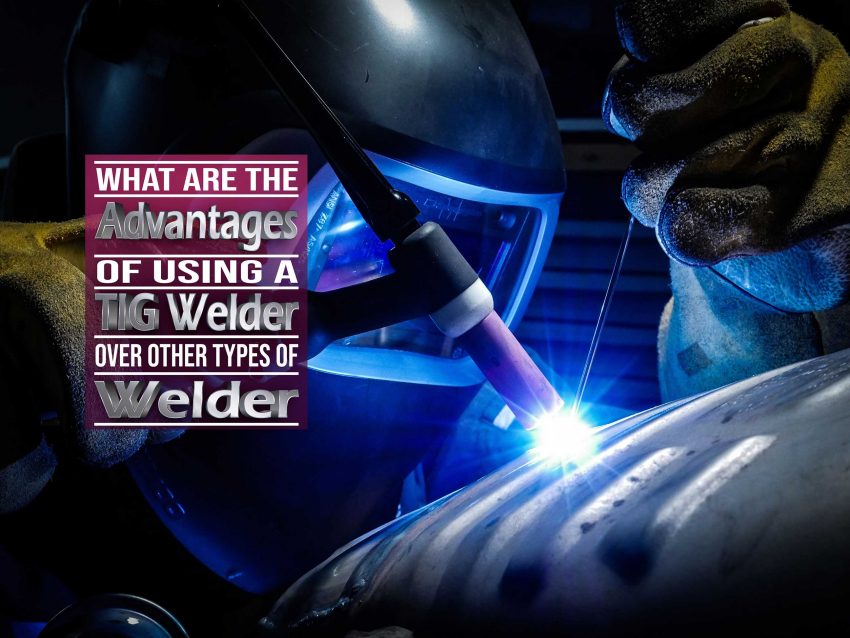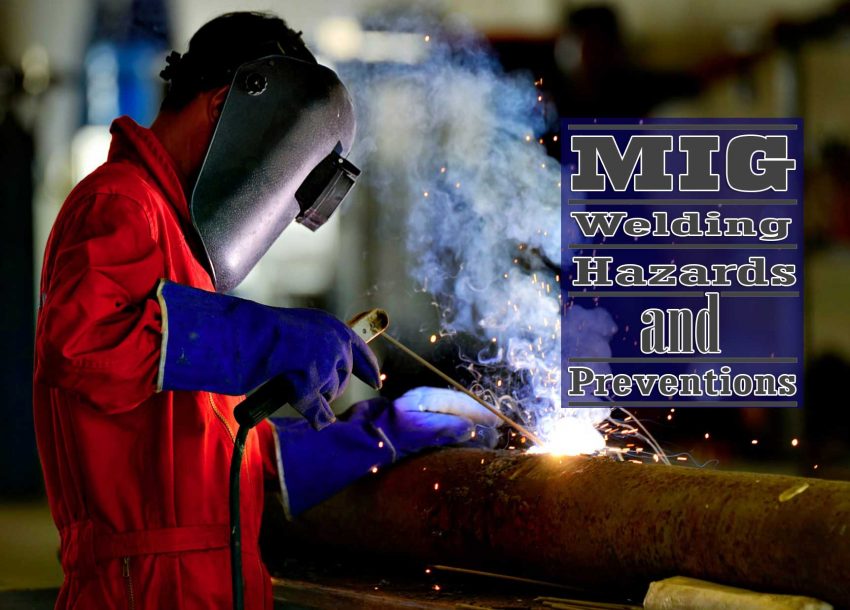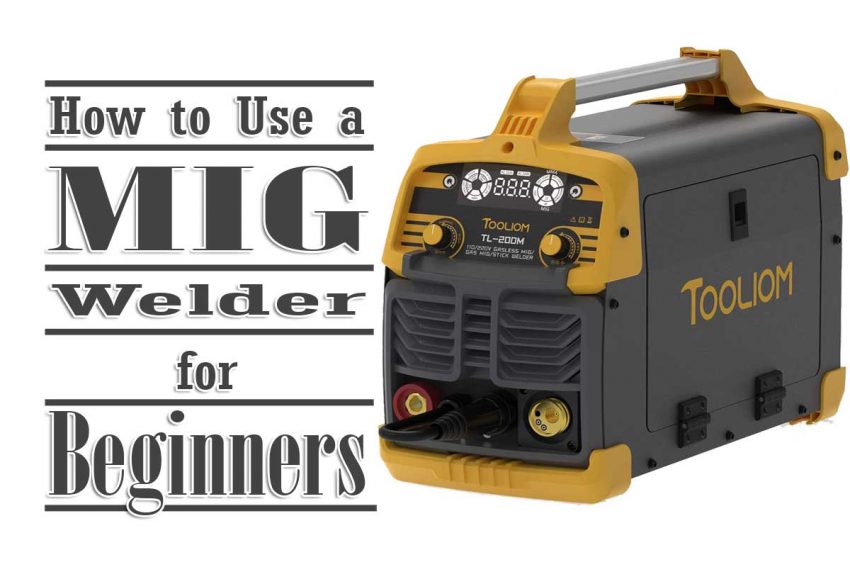The Hobart 500559 Handler 140 MIG Welder is a powerful and versatile welding machine that is designed for use in a variety of welding applications. It is ideal for home users, DIY enthusiasts, and small shop fabricators who need a reliable and easy-to-use welding machine that delivers consistent and high-quality results. One of the key…
Category: Buying Guide
Buying Guide
Advantages of A Dual Voltage MIG Welder
Dual voltage MIG welders are popular among welders because they offer flexibility and versatility in terms of the type and scale of welding projects they can handle. The ability to switch between voltage levels means that you can use the welder in a variety of locations, including at home or on the job site. When…
How do You Tell if a MIG Welder is out of Gas?
MIG welders require a full tank of shielding gas to complete the weld. Shielding gas helps a MIG welder to make contact with the welded materials without other particles. Also, contaminants in the air can’t impact the weld due to the inert gas. Continuing a welding process is not possible when you run out of…
Do You Need an Air Compressor for a Plasma Cutter?
Plasma cutters are great tools for cutting different metal sheets and plates. More importantly, it cuts faster and more precisely with the help of an air compressor. Most plasma cutters come with a built-in air compressor, while others don’t have one. As a result, one question arises among beginners, “do you need an air compressor…
How to Setup a Plasma Cutter – For First-time Users
Setting up the process of a plasma cutter is not an easy fish to fry, especially for beginners. The right use of the device significantly depends on the setup process. That is why it is crucial to know how to set up a plasma cutter. Before setting up a plasma cutter, there are important considerations…
What is a MIG Welder Used for?
MIG welders are vital for building structures in the construction, automotive, shipping, and high-production manufacturing industries. Most welding DIYers use MIG welders for their easy-to-use characteristics. Whether you need to weld car frames, lightweight aluminum household items, pipe welds, heavy steel construction, etc., a MIG welder will always come in handy. This welding process is…
Can You TIG Weld without Gas?
Shielding gas plays a crucial role in TIG weld. But there are situations where gas is unavailable for TIG weld. In such cases, one question arises, “can you TIG weld without gas?” Gasless TIG shouldn’t be applied regardless of the project type, and doing so will lead human, environmental, and property safety at risk. Moreover,…
What are the Advantages of Using a TIG Welder over other types of Welder?
Tons of people use Tungsten Inert Gas (TIG) or Gas Tungsten Arc Welding (GTAW) as their primary welding method. You might wonder what are the advantages of using a TIG welder over other types of welder. TIG welding offers benefits in terms of versatility and amperage. It requires less energy to perform welding compared to…
What are the MIG Welding Hazards and Preventions?
A MIG welding workplace has many hazards, such as fire, electric shocks, and other potential threats. Happily, these safety hazards can easily be avoided by following the guidelines from welding safety organizations. MIG welders must not avoid taking safety measures when welding. Wearing protective gear, ensuring proper ventilation, and tools maintenance should be maintained seriously….
How to Use a MIG Welder for Beginners?
MIG welding has been one of the popular welding processes among professionals and hobbyists for decades. It is a string, fast, and fairly easy to work, so beginners don’t have trouble doing MIG welding. A beginner can add a professional touch to DIY projects through this welding process. Learning how to use a MIG welder…

